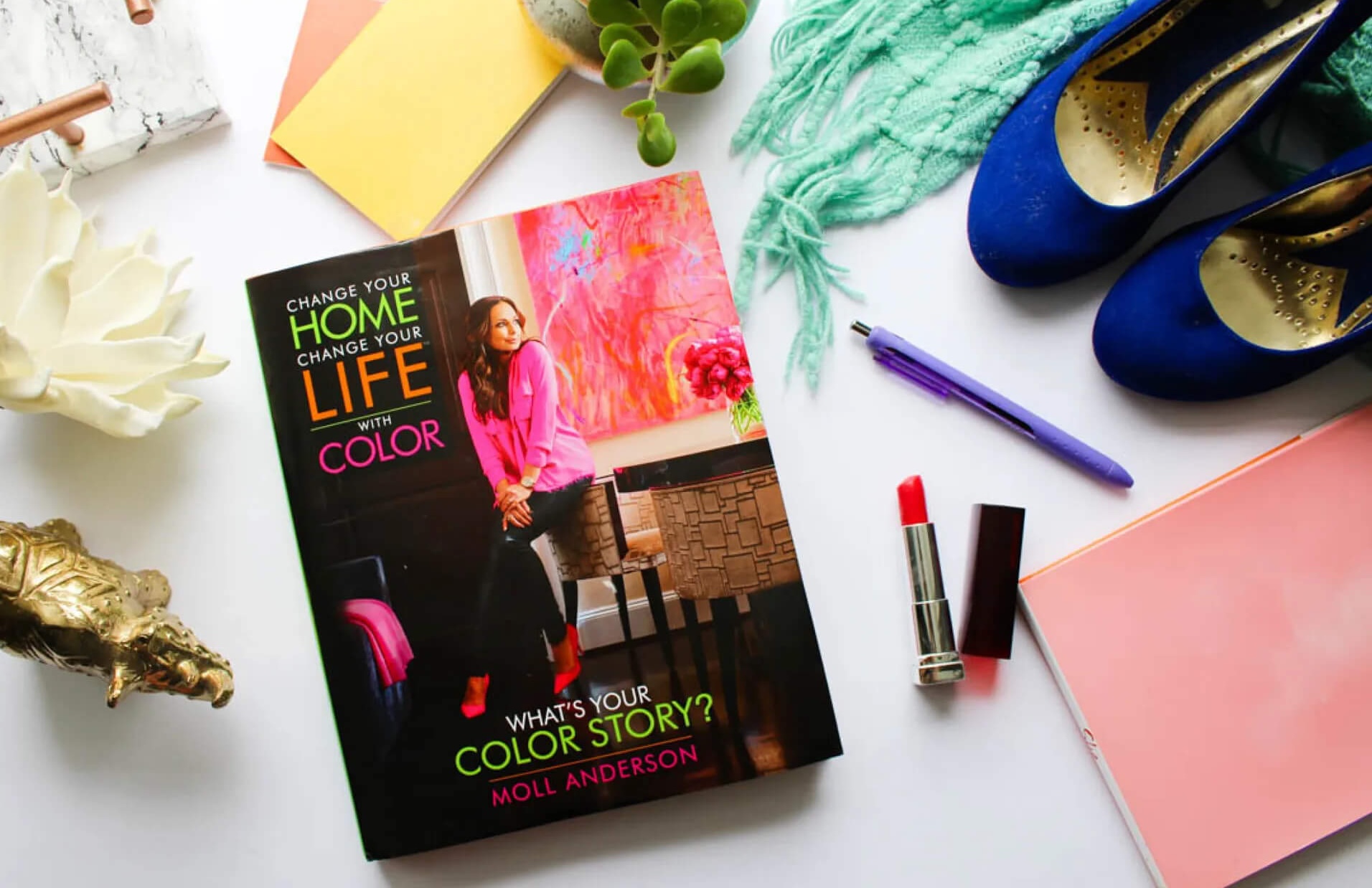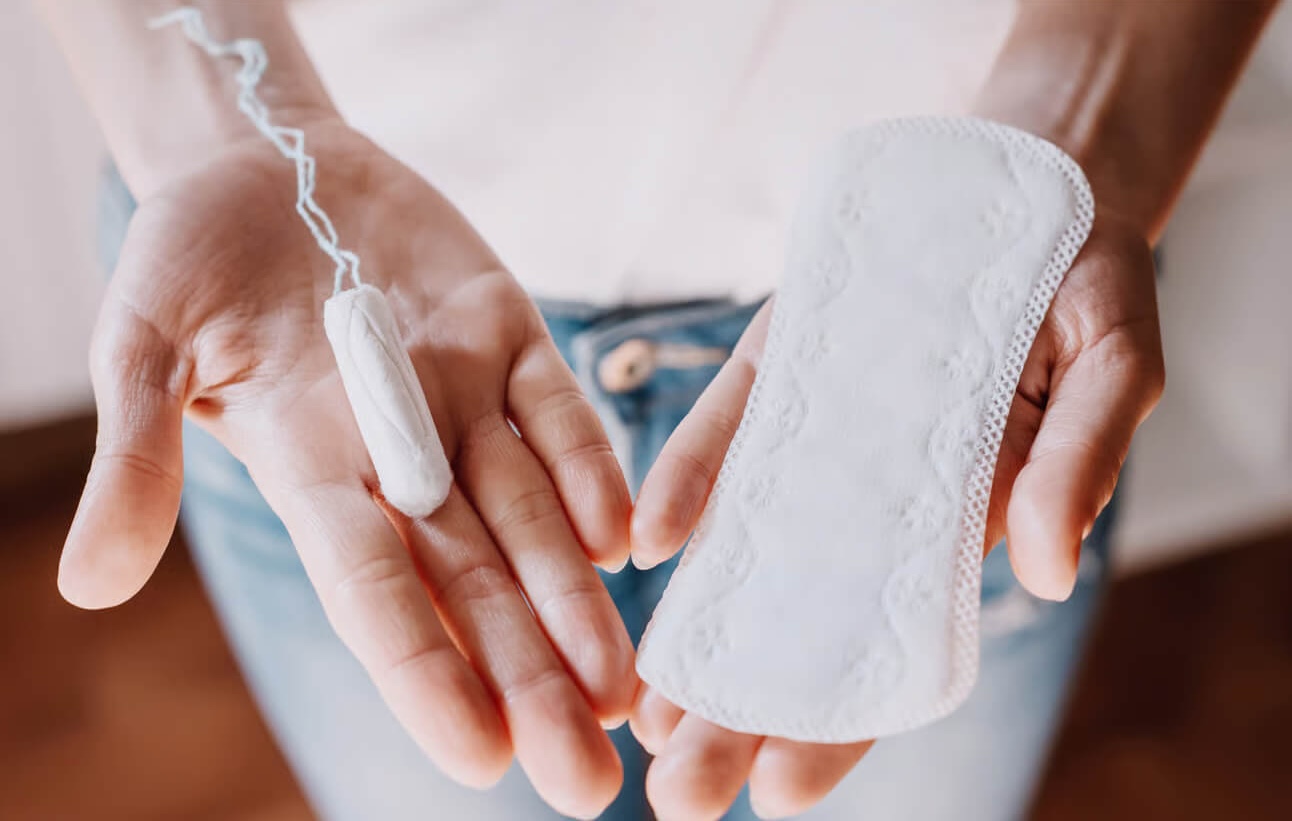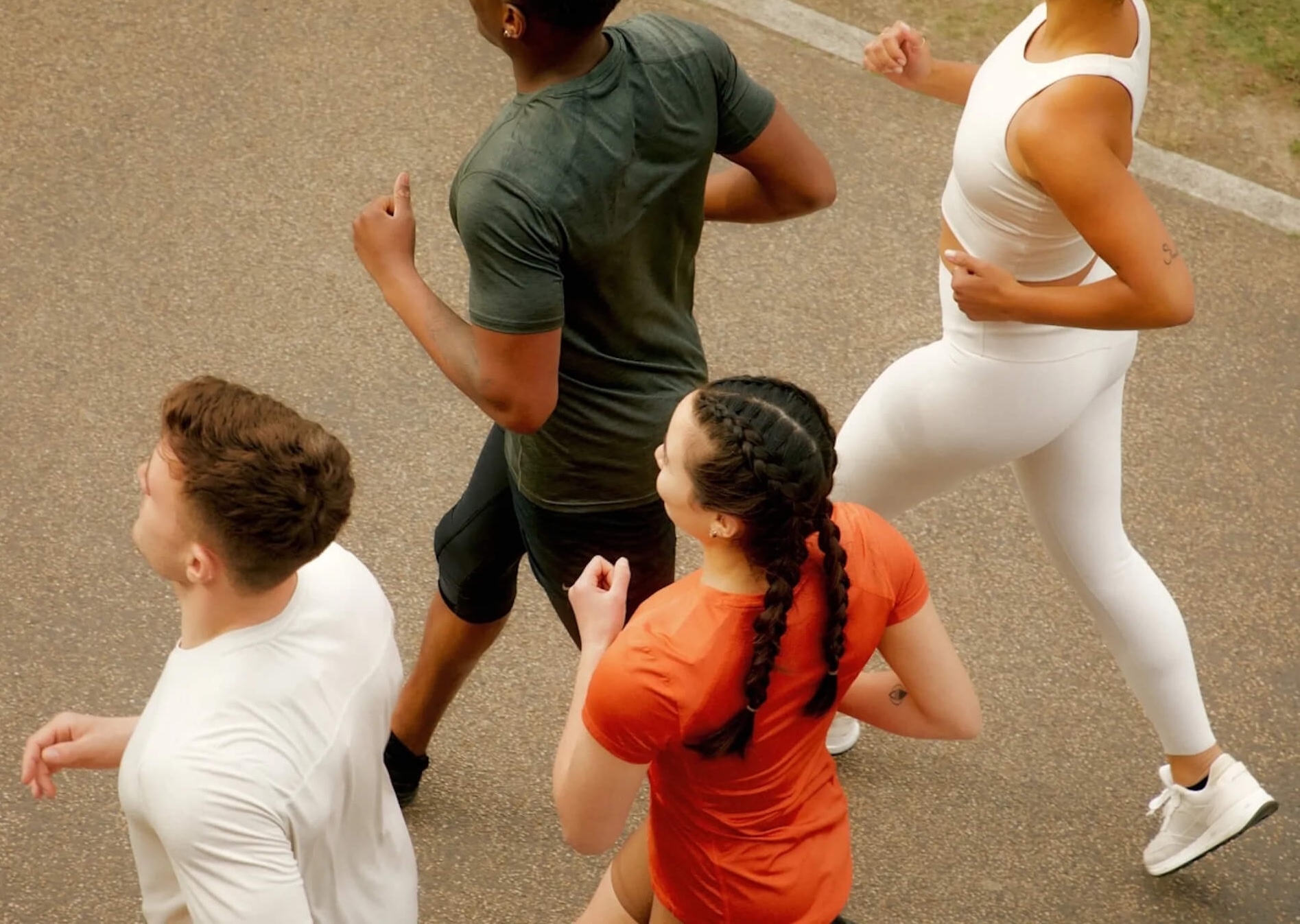How The Colors Around You Impact Your Emotions
Why surrounding yourself with more color—on your walls, in your closet, and beyond—might be the mood boost your brain’s been craving.

Look around. Ever notice how grayscale everything is becoming? From monochromatic buildings to cars to our own homes, color is slowly being drained from our world.
And while it might seem like a harmless design trend (some might even call it "sophisticated" or “timeless”), this color deprivation can have real consequences on our mood, energy, and health.
The Great Graying:
Here’s how The Great Graying affects us:
Our brains are wired to respond to color, and those reactions extend to the limbic system, which regulates our emotions and motivation. So when we see vibrant, saturated colors, we’re stimulated and engaged.
- Think about it: A doctor’s office painted in light blue makes you feel calm and relaxed. A discount store, on the other hand, blasts bright reds and yellows to signal urgency.
When we’re surrounded by gray (gray pavements, gray cars, gray cubicles, the list goes on!), it can lead to lower energy, diminished focus, and overall just a…flatter emotional state.
“Tone Down The Color”
Listen: I'm a huge fan of grays, beige, black, and white. I’m not here to tell you to ditch your neutrals (my own closet would be half-empty without them).
The way I see it? Color is a tool in our wellness toolkit, like movement and nutrition, and we can use it strategically to live better lives. But as we get older, we’re often told to “grow up,” “tone it down,” and to phase color out.
I call B.S. These are precisely the decades when we should be turning the volume up. So, let’s put this in your toolkit. Here’s how different colors influence us:
The Science of Colors
Warm Colors (Red, Orange, Yellow)
In a nutshell? Warm colors invigorate us.
- Athletes wearing red uniforms were found to perform better in competitive sports, possibly because of red’s association with dominance.
- Red grabs our attention and screams, “This is urgent.” That’s why you’ll find red on sale signs, fast food logos, social media notifications, and more.
- We associate yellow with happiness, warmth, and can-do energy. Emergency workers even wear yellow not just to stand out, but to signal optimism and safety.
Cool Colors (Blue, Green, Purple)
Cool colors chill us out:
- Blue (specifically purple-blue tones) promotes a sense of calm and puts us visually at ease, making it a great pick for a focused and comfortable workspace.
- Blue light can lower your blood pressure and improve circulation by helping your body release nitric oxide, a compound that relaxes blood vessels.
- Green packs a creative punch. Researchers found that just a two-second glance at the color green before starting a task can boost creative performance more than any other color.
How to Color Your Life
We can’t control The Great Graying, but we can control color in the two places we’re in almost every day: our homes and wardrobes. But where do you start? How do you infuse color without it looking like a Crayola box vomited on your clothes and furniture?
My close friend Moll Anderson cracked this code in her New York Times bestselling book Change Your Home, Change Your Life with Color. From the throw pillows in your living room to the polish on your toes, Moll shows how color can shift your mood in seconds.
I’ve tested this personally. Every time I walk into Moll’s home, I feel different. Immediately. She uses a foundation of black (black floors, black stone, etc) but strategically layers in color everywhere. The effect is incredible.
Moll’s also been encouraging me to wear more color for the past 10 years. There’s even a term for it, dopamine dressing: using color to boost your happiness through what you wear.
Moll’s book comes with guided journal pages to help you discover your color connections and advice on how to (tastefully) infuse more color into your surroundings.
If you want to fight against The Great Graying and inject more energy into your life, Moll’s book will show you exactly how to do it.


